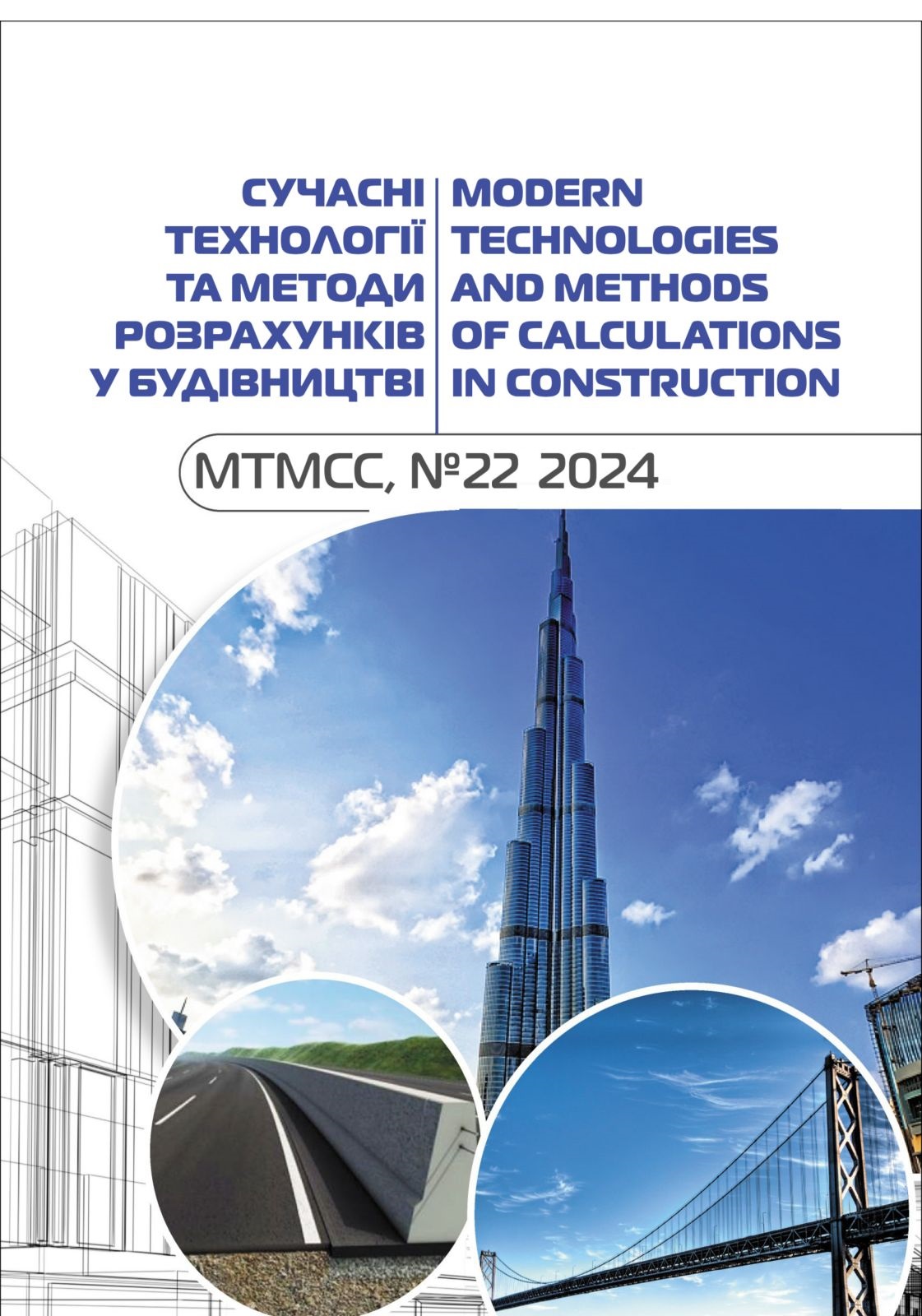Influence of rules on the road surface on traffic safety during maneuvers by vehicles
Abstract
The influence of different factors leads to rut formation on roadways. Ruts not only diminish the aesthetic appearance of the pavement but also cause danger to vehicles. It is obvious that during precipitation water accumulates in ruts potentially leading to hydroplaning and loss of vehicle stability. On dry pavements, rutting can also be hazardous when a vehicle leaves its lane to perform an overtaking maneuver or other maneuvers. Ruts cause additional suspension oscillations, body sway and loss of wheel contact with the pavement, which negatively affects traffic safety. In 2022, Ukraine introduced rut depth requirements for roads in operation for the first time. However, it must be understood that non-compliance with these regulatory standards does not immediately result in resolving such issues through repair work. The reasons are evident – a significant lack of funding currently exists and is likely to persist for quite some time. From the moment of problem identification until its resolution, the road will remain in operation. This article presents the results of a research evaluating the effect of rut-affected pavement on a vehicle performing a maneuver. For this purpose, pavement models with varying rut parameters were created within the following ranges: rut depth from 0 mm to 100 mm, rut width from 300 mm to 1500 mm and rut base from 1700 mm to 2100 mm. The cross-slope of the roadway was set at 25‰, with a dual-slope cross-section profile. Surface modeling was conducted using RutGenerator software developed by KhNADU. The Kristy model was chosen to calculate the parameters of lane-changing maneuvers as it provides the most accurate representation for modern vehicles. The primary distinction of this methodology from Illarionov's approach lies in limiting the maximum lateral lane displacement based on the vehicle's sideslip condition, rather than its overturning condition, which better aligns with the characteristics of modern vehicles. Using RutGenerator software, vehicle trajectory simulations during a lane-change maneuver were carried out for speed ranges from 50 km/h to 130 km/h. Basing on the calculated trajectories, pavement profiles along the vehicle's path during the maneuver were constructed. The resulting set of profiles was analyzed using the ProVal 3.51 software package developed by The Transtec Group. The developed methodology can be used to plan measures to ensure road traffic safety in areas with rutting. Such measures may include speed limits, restrictions on overtaking and others.








